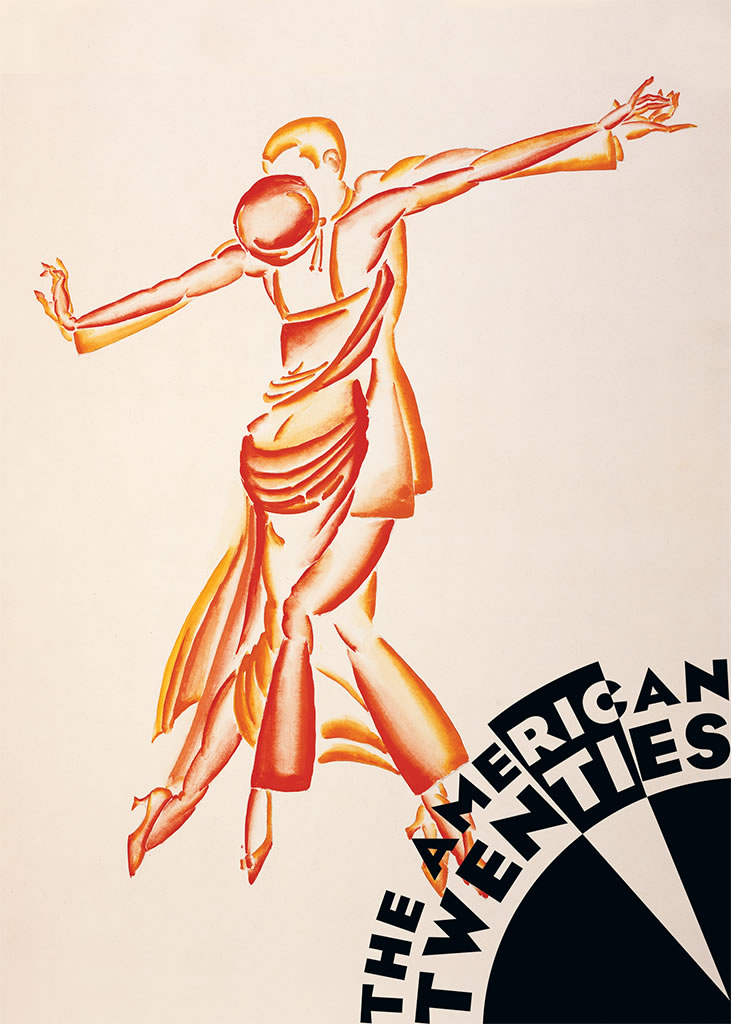The American Twenties
January 30, 2007 – July 29, 2007
The United States emerged from World War I with wealth and power and, because the nation was largely still rural, with a bit of an inferiority complex. Profound cultural and social change occurred during the 1920s, a decade of ambiguities, contradictions, contrasts and conflicts.
In the decade's struggle to define the future of America, a plethora of issues were argued and fought out in poetry, novels, political tracts, music and the movies. Issues of race, religion and revolution were paramount followed by those of love, sex and gender. Questions of the primacy of labor and capital were particularly fraught and the benefits of socialism, communism, anarchism and capitalism were openly debated. Fundamentalists and experimentalists clashed in many areas of human endeavor.
Through these, the idea of the "Modern" was crystallized and the "American" century born. This exhibition is an exploration of that decade through the literature and art that was to become quintessentially American and quintessentially modern.
Themes explored in this all-gallery exhibition of materials drawn from the Ransom Center's collections include "Remembering the War," "Babbitts and Bohemians," "Modernist Monuments," "Labor and Capital," "The Rise of Women," "Hollywood's Dream Factory," "House and Home," "Cops and Robbers," "Cowboys and Indians," "The New Negro," "In the American Grain," and "The Voice of the People."
The Center's commemoration of its 50th anniversary year begins in 2007 with the opening of this exhibition, one of many programs planned in a year dedicated to "Celebrating the Imagination."


